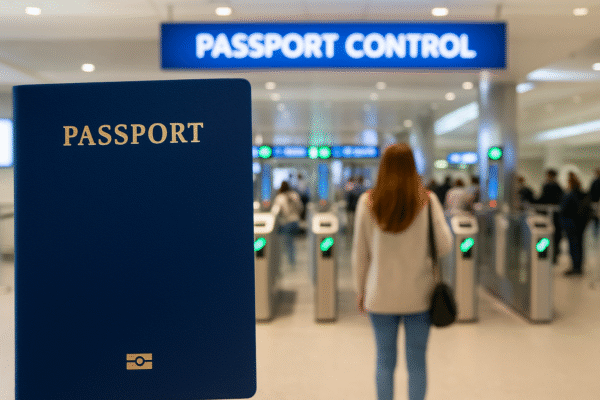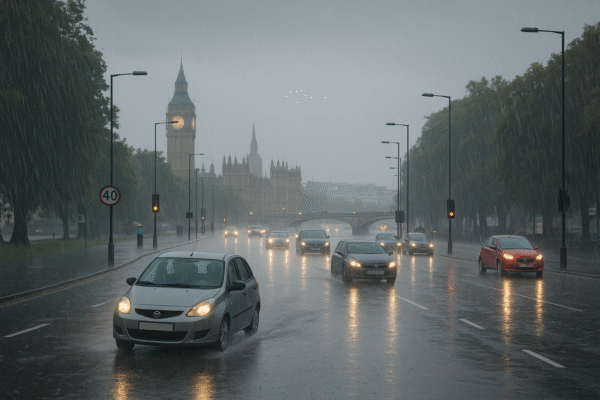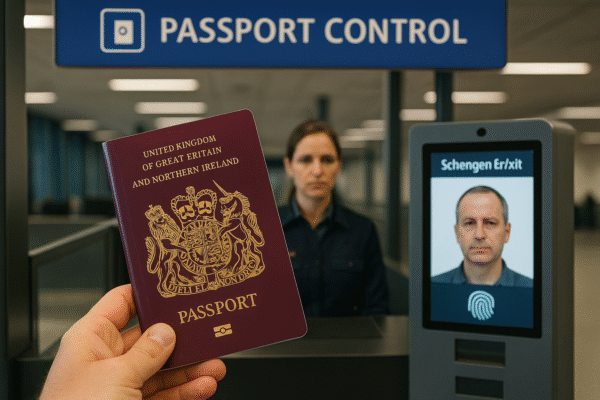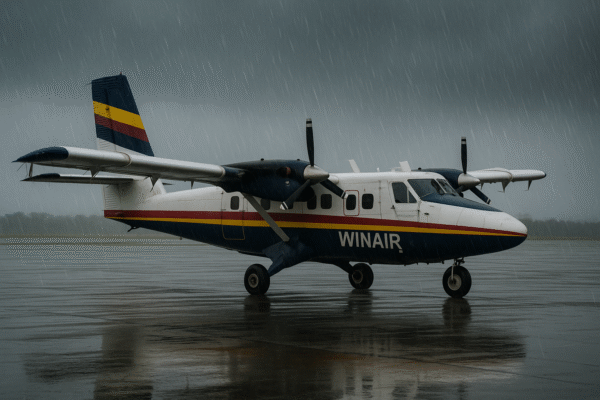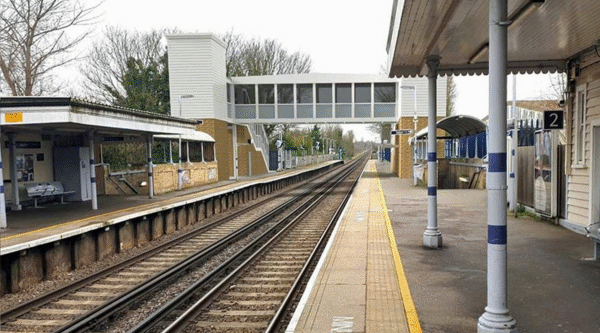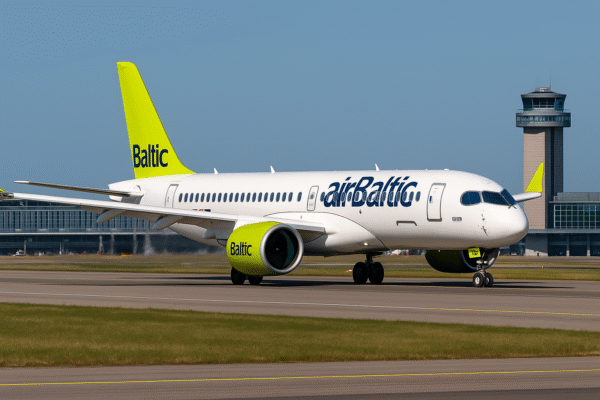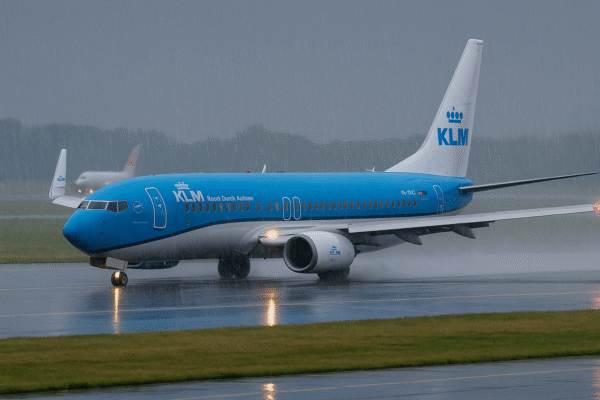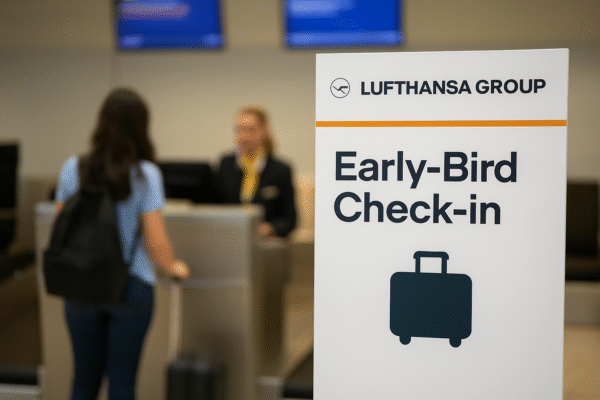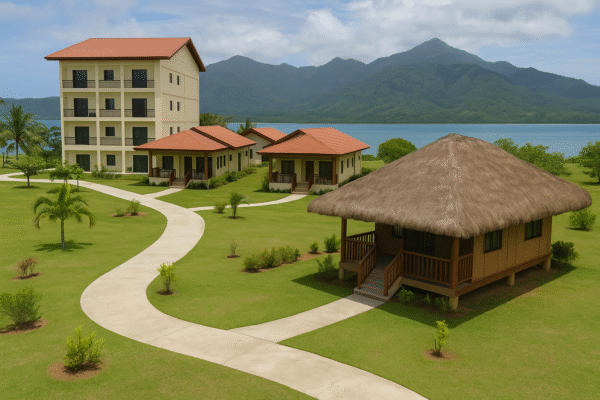On September 3, 2025, at 1:00 p.m. local time, a magnitude‑6 earthquake occurred offshore from Nikolski, a small village on the Alaska Peninsula. Thankfully, seismic assessments confirm that this event did not trigger a tsunami threat. The U.S. Tsunami Warning Centers have issued a formal statement indicating “No Tsunami Warning, Advisory, Watch, or Threat in effect”, reassuring both residents and visitors alike.
Immediate Impact and Traveler Assurance
Nikolski sits approximately 55 miles southwest of the quake’s epicenter, placing it at a safe distance to avoid significant ground shaking or structural damage. Given the remote, sparsely populated nature of the region, any tremors were unlikely to affect tourism infrastructure or visitor experiences.
In fact, recent reporting confirms that Alaska’s travel sector—including tour operators, lodges, and regional services—felt little to no disruption. The prompt, coordinated response from agencies like USGS and NOAA provides ongoing monitoring and real‑time updates, helping quell anxieties and preserve traveler confidence.
Why No Tsunami Threat Materialized
Earthquakes generally prompt tsunami fears when they involve vertical sea‑floor movement of significant magnitude—usually above 6.5—and rapid displacement. While a magnitude‑6 quake has the potential to cause moderate shaking on land, it typically fails to generate a tsunami unless accompanied by dramatic vertical fault shifts. Moreover, Alaska’s tsunami preparedness infrastructure—especially its real‑time dashboards and alert protocols—helps ensure only credible threats trigger public alarms. These systems are instrumental in avoiding unnecessary panic and keeping tourism operations stable.
Secondary Risks and Travel Safety
Though primary tsunami risks were ruled out, officials remain vigilant of rare secondary hazards—such as underwater landslides or submarine slumps—which could produce localized waves. However, the seismic characteristics of this event do not suggest any elevated secondary risk. Travel Industry Confidence Bolstered by History and Preparedness
Alaska’s location along the Pacific “Ring of Fire” means seismic events are relatively common—but so is readiness. Government bodies like the Alaska Earthquake Center (part of the University of Alaska Fairbanks) are widely recognized for their proactive plans on earthquake readiness. While past events—including the historic 1964 Good Friday quake (magnitude 9.2) and the 2021 Chignik 8.2 event—demonstrate severity, they also underscore the state’s advancement in emergency response protocols.
For travel providers—such as cruise lines, adventure outfitters, and lodging operators—this earthquake serves as a reminder of the importance of preparedness. Yet, with no tsunami warning issued, aftershock activity minimal, and tourism hardware intact, the industry continues to operate smoothly.
Traveler Guidance Post-Event
- Stay informed: Monitor updates through NOAA and local authorities when traveling in earthquake-prone zones.
- Follow local guidelines: Emergency broadcast systems are active—adhering to these ensures safety without disruption.
- Check insurance coverage: Always ensure that travel plans have built-in provisions for natural-hazard events.
- Maintain routine: With no active threats, Alaska remains a vibrant destination for exploration—from coastal cruises to wildlife adventures.
What the Travel Industry Can Learn
- Effective Communication Reigns Supreme: Clear, immediate messaging from credible sources—USGS, NOAA, local broadcast—can prevent misinformation and support smooth travel operations.
- Preparedness Pays Dividends: Regular earthquake drills and pre-defined response protocols help minimize operational disruptions and protect visitor confidence.
- Reputation Management Matters: Forthright reassurances help travel brands maintain credibility during emergencies—and avoid mass cancellations or bookings decline.
In Summary
A magnitude-6 earthquake struck off Nikolski, Alaska, on September 3—but without tsunami risk or damage, travel activities persist as usual. Thanks to advanced monitoring systems and solid earthquake preparedness, both operators and travelers can breathe easy. Alaska remains open for business.
Stay alert, follow Global Travel Wire.


